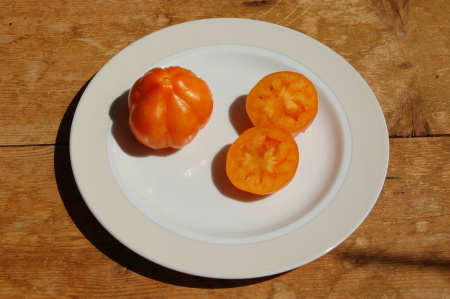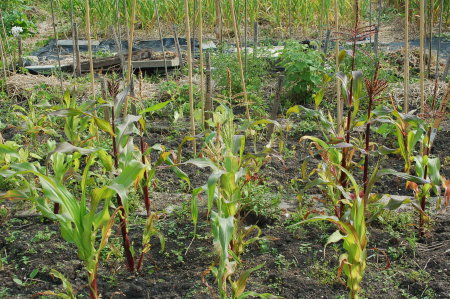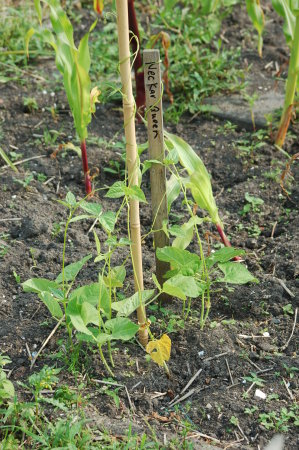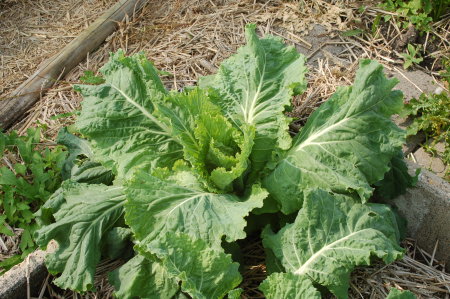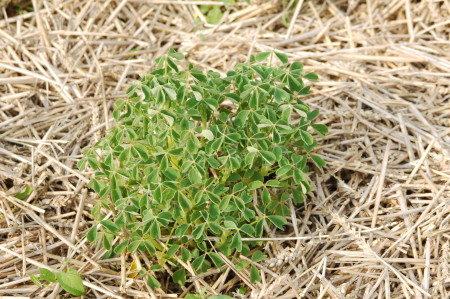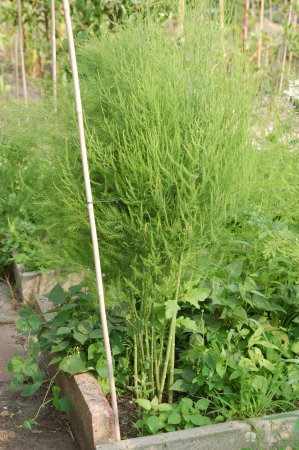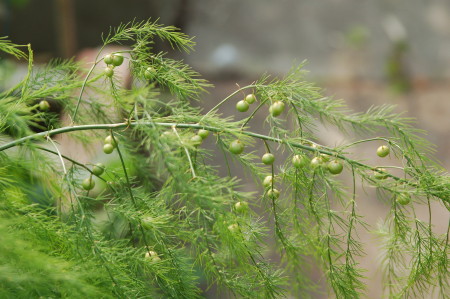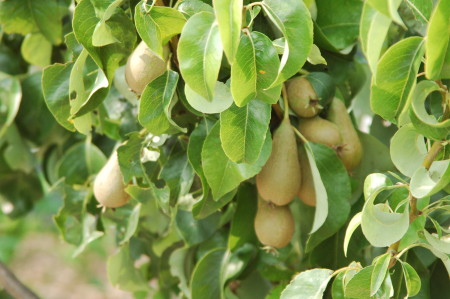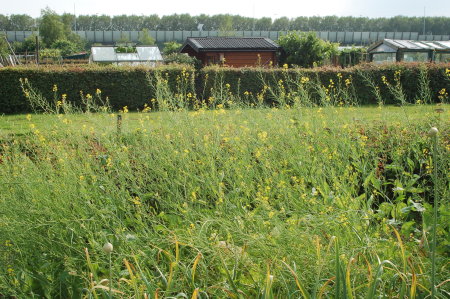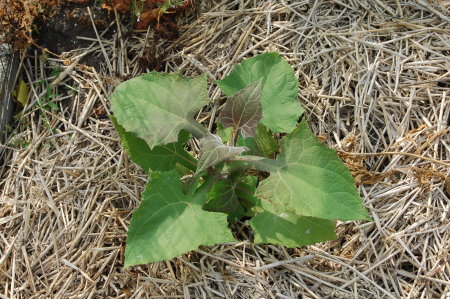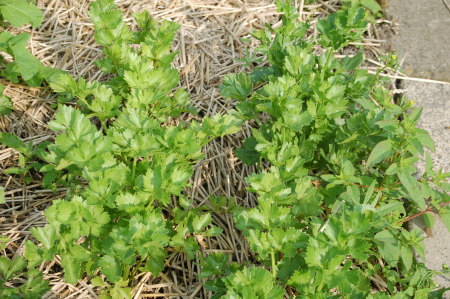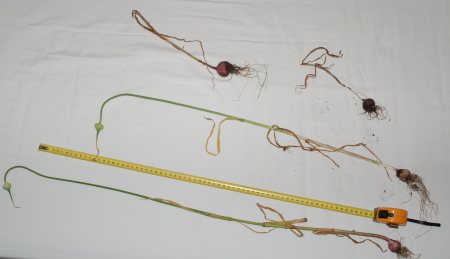
This years garlic is all in. The last was harvested yesterday, and I finished hanging the plants up to dry today. This was a great year, and I have lots of large and healthy looking bulbs.
As well as regular garlic, this year I grew some bulbils. Some I got from a fellow garlic grower, and some collected from my own plants. It was interesting to see the differences in them, and you can see three different varieties in the picture above. On top the two balls are Estonian Red, the middle a new variety simply called ‘Russian’, and the bottom a variety screaming for a new name called ‘W6 16275’.
You can see the largest plants are about 70-75cm long, about 1/2 that of a full sized plant and formed true but small bulbs with distinct cloves. The other bulbils formed what you see on top, and resemble a single clove garlic bulb you sometimes see in speciality stores.
Some of the bulbils were so small, and the resulting plants no bigger than a blade of grass, that browned and died off very early. These mostly got lost in my garden, and so will stay where they are and I’m sure they will come up next year.
In all, the bulbils were a lot more trouble than the rest of the garlic. I couldn’t put as much straw on them as I did the rest of the garlic because the plants were too small. This meant I had a lot more weeds, and pulling the weeds tended to disturb the plants. I’m expecting to end up with full sized bulbs of garlic within a few years.
According to my notes, I harvested the following varieties of full sized garlic:
Antonnik*
Bai Pi Suan
Bogatyr*
Burgundy
Chilean Silver
Creole Red
Cuban Purple
Dauvaga*
Dominics
Elephant
Estonian Red
Finnish
Gazebo Grande
Georgia Fire
Georgian Crystal
German Porcelain
Germinador
GSF #65
Gypsy Red
Hungarian
Irkutsk*
Kallaves*
Krasnodar Red
Londerdel
Martin’s Heirloom
Maxi Top*
Metechi
Music
New Siberian*
Oosterdel
Oregon Blue
Persian Star
Pskem
Purple Glazer
Purple Haze
Purple Italian*
Pyong Vang
Red Toch
Rosewood
Russian Softneck
Shantung Purple
Siberian*
Silver Rose
Sprint*
Susan Delafield
Sweet Haven
Tuscan
Uzbek Turban
Vekak Czech
Vigor*
Vilnius
Wonha
Xian
Those marked with a * are my first year growing the variety, so I probably don’t have enough to share with others except by special request. As far as the others go, I have some extras I could share if anyone is interested growing it. Just send me an email and we’ll sort out the details.
For most people I would like you to pay for postage and packaging costs. Within the Netherlands this is about €9. Within Europe about €15 and outside of Europe about €25. I accept payment in US Dollars, Euros and UK Pounds, maybe other currencies with prior agreement, For a few of the varieties I have some bulbils available, which could be sent at much lower cost. We can also discuss my only sending a few cloves or only one bulb, that may be at a lower cost.
Shipping is possible to the US as far as I know at the moment, but of course the risk of it not arriving is yours. Honestly there is so much great garlic available in the US, please try to get it locally unless I have a very special variety you would like to have. Shipping within Europe is certainly possible. Other places depend on your local laws.
You can choose the varieties you want from the list above, but what most people do is give me an idea of how many different varieties they would like and I choose the best ones I have available.
If you’re planning to come to the Oxford meeting near the end of October, please get the garlic from me then, I will have several varieties with me and we can arrange any special requests in advance.
It really took a lot of time last year sending out garlic, so this year I will probably limit what I send in several ways. First, I will probably only send out about 10 requests, first come first served. Second, I will not accept any new orders after September 1st. Third, for most people there is a limit of 5 varieties, but if you have special needs let me know.
If you get garlic from me, it would be very much appreciated if you grow it and share with others, especially if you have a blog and could offer it there. It would save me a lot of trouble if other people helped send it to others. If you have some to offer now, but don’t have a blog, please let me know and I’ll mention it here.
